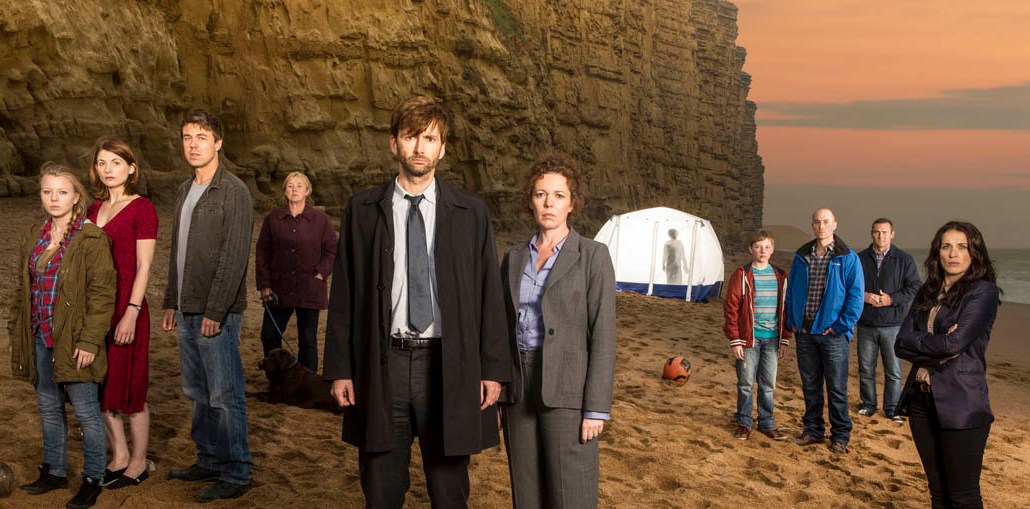Register by Jan 13 to save on passes and connect with marketers from Uber, Bose and more

ITV is taking a page out of the Netflix playbook.
The commercial broadcaster has quietly run an ad-free version of its ITV Hub player for the last seven months and is now ready to shout about it. A nationwide campaign will generate noise for the service, which costs £3.99 ($5.19) per month. The bet: ITV must better monetize its content in response to the rise of commercial-free rivals like Netflix, over-the-top services it has helped grow by licensing popular shows to them. Ad revenues for the broadcaster suffered their first drop in seven years last year, slipping 3 percent to £1.7 billion ($2.2 billion), highlighting just how fragmented viewing habits are now.
“Paid TV has been around for 20 years or so in the U.K., and the interesting question for SVOD services is to what extent can they start penetrating those homes that don’t have pay TV, which is around 50 percent of the country,” said Paul Kanareck, ITV group director for online. “A lot of the evidence suggests that the best way to get people to pay is to find those who already pay [for SVOD services]. What you see from a lot of Netflix subscribers is that they’re already Sky subscribers.”
In the six months since ITV Hub+ launched, two key trends have emerged: The first is a significant number of viewers are using the service to catch up on their favorite soap operas without the ad interruptions, and the second — and probably more revealing — is the seasonal spikes of people subscribing to watch high-profile dramas such as “Broadchurch” or “Downton Abbey” before ditching the service once they’ve completed a show. If a large chunk of subscribers are “seasonal,” then different pricing models could be a way of making ITV Hub+ more appealing to more people. He envisions the service evolving over the coming weeks and months with the introduction of various passes such as seasonal passes, program passes, day passes and more.
Plans are also afoot to gauge whether the service should introduce exclusive promotions, such as show previews, to those who pay.
It would be “interesting to see whether those people realize they can get a lot of content for free and then add on a bit of subscription money on top,” Kanareck mused on whether skinny bundles could reinvent the TV model within the IP space.
For all his optimism for ITV Hub+, Kanareck doesn’t expect it to be “truly mass market.” It’s why, when asked whether he felt the SVOD player could become a threat to the bigger ITV Hub business, he was relaxed. ITV Hub+ would have to get to a “serious number of users” to start having an impact on ITV Hub’s ad sales and ad load capacities, he explained. Many broadcasters hesitant to push their shows across multiple platforms share that fear of content online slowly eroding linear TV audiences, and consequently, advertising revenues.
However, putting live TV at the heart of its online proposition is ITV’s gamble in the wider tussle for eyeballs that has taken it from the main screen in the home to multiple screens on the road to date and will soon return to that main TV screen. Except this time, the TV is connected, which already accounts for the biggest share of the 20 million people viewing shows on ITV Hub. Four in 10 of those viewers are watching ITV’s live broadcasts via the online player as household penetration of smart TVs is tipped to hit relative parity, with streaming media players as platforms delivering apps to TVs by 2020, according to market research firm NPD.
The proliferation of these devices means “ITV is going to look a lot more like ITV Hub in five years time,” said Kanareck. “Video on demand is becoming more of a communal family experience as opposed to a one-on-one experience with mobile, and it means it’s starting to enter the living room, which is where ITV does best, when it’s providing family viewing.”
It’s too early to know what it will look like, but ITV’s overhaul will see the definition of broadcast TV change to one that’s reflective of how people will be able to curate and consume content the way they want.
Personalized homepages are due on ITV Hub in the coming weeks, meaning registered users will only see the shows they like. The broadcaster is also in the early stages of allowing advertisers to target ITV Hub viewers by household, i.e, addressable TV. Kanareck was coy on the development, though he did have this to say: “I suspect where we’ll end up is offering advertisers a lot more choice about how they want to buy TV just like we’re giving viewers more choice about how they watch TV.”
More in Future of TV

Future of TV Briefing: 5 ripple effects that will shape the future of TV in 2026
This week’s Future of TV Briefing looks at the trends and developments that will shape the TV, streaming and digital video industry in 2026.

‘A year of loose ends’: Digiday editors share top takeaways from 2025
This year was filled with major developments – from Netflix’s planned WBD deal to Omnicom’s acquisition of IPG to Google’s ultimately cookie reversal – and Digiday editors Sara Jerde and Seb Joseph help to recap the year that was (and wasn’t).

Future of TV Briefing: How the future of TV shaped up in 2025
This week’s Future of TV Briefing looks back at the top topics and trends that overtook the TV, streaming and digital video industries in 2025.





